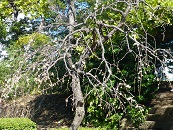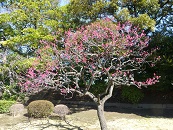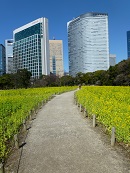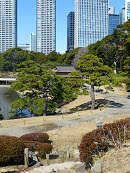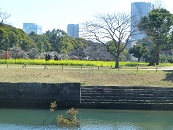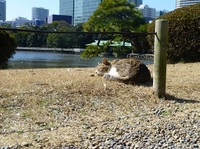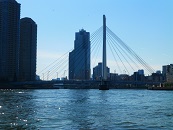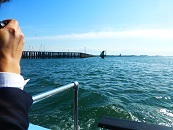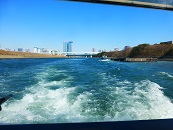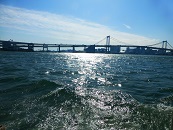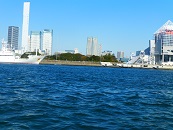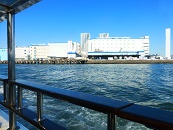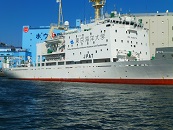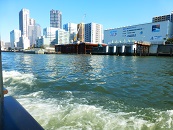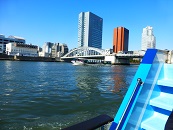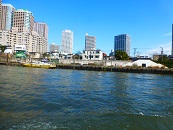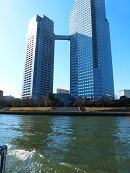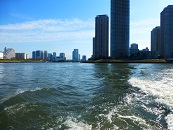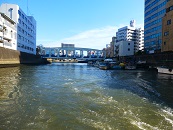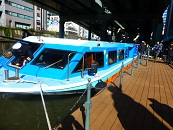Speaking of landmarks in the Tsukiji and Akashicho areas, Market, Honganji and St. Luke International Hospital.
There are completely different things in a narrow space, so just a little bit of a road will change the atmosphere completely.
In particular, the area around 6.7-chome was once called Odawara-cho, and there are many wooden private houses and signboard buildings built in the early Showa era, and there are many hideaway shops.
Some Tsukiji enthusiasts are sometimes called "Ura Tsukiji".
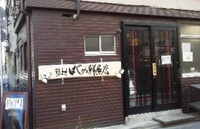
Under such circumstances, I was worried about this "Tsukiji and other fresh fish shop" every time I passed in front.
They also sell fresh fish, but they have lunch at noon and can drink alcohol at night.
The lunch menu is always lined with delicious seasonal fresh fish.
Recently, I think that it was the number one book introducing Tsukiji recently, and in Yuki Ozawa's `` Tsukiji Harapeko Kaiki '', my husband was the manager of `` Uogawagishi Noro '' at an out-of-market market It was written that he was Kazu Watanabe, the manager of the store.
If it was that shop, there was a really good fresh fish with certain connoisseurs, so it was a shop that I went many times.
There is no doubt! I went to lunch right away.
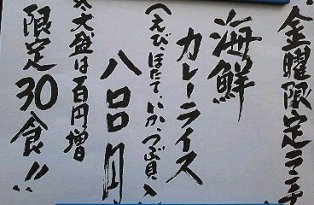 Then, the menu for that day was just written as one dish "seafood curry".
Then, the menu for that day was just written as one dish "seafood curry".
When I went inside, I asked Mr. Watanabe and found out, but the seafood curry that I put out before was very popular, so I decided to say "Friday is Curry Day".
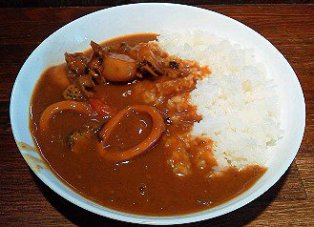 Of course, it's not just a curry, but a lot of squid, scallops, and mussels are contained in the plump shrimp, and the soup is also effective, this is exactly the gem of seafood curry!
Of course, it's not just a curry, but a lot of squid, scallops, and mussels are contained in the plump shrimp, and the soup is also effective, this is exactly the gem of seafood curry!
Because it is limited to 30 meals, it may be sold out early depending on the day.
One who came to the store after me said, "Is there still today? Lucky!" he said.
At lunch and at night, the first floor has a stand-up style without chairs, but there is also a parlor on the second floor. (Please make a reservation in advance.)
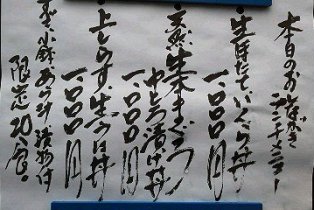 And I would like to eat seafood bowl at a later date! That's why I went on a day other than Friday.
And I would like to eat seafood bowl at a later date! That's why I went on a day other than Friday.
The menu is daily, and on this day, there are three types of raw scallop and salmon roe bowl, natural raw tuna pickled rice bowl, and upper shirasu and raw urchin bowl, all of which are small bowls (on this day, Yamacho's egg grilled), pickles, and ara soup. With soup.
It's such a luxurious menu, but it's a thousand yen!
Limited 20 meals.
I asked for raw scallop and salmon rice bowl.
There are plenty of raw scallops that feel really fresh and subtle sweetness on the bowl.
Moreover, there is a scallop under the large leaves of the salmon roe.
I'm happy now! I'm going to see you.
Arai soup has a very good smell when you bring the bowl close!
The fish sardines are really well out, and as expected.
The small bowl is egg-yaki by Mr. Yamacho of Tsukiji Market, and pickles are attached here.
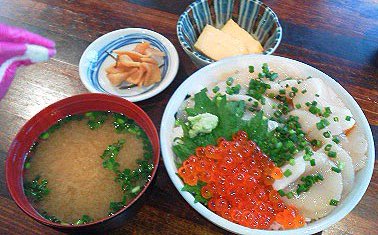
After all, I was really satisfied with the fish shop!
At night, there are menus of fresh fish purchased by Mr. Watanabe that day, such as sashimi, grilled fish, boiled fish, etc.
I really want to eat delicious fish! If you think about it, it is definitely a recommended shop.
Tsukiji and other fresh fish shops
7-16-14, Tsuiji
Telephone (6264) 0873
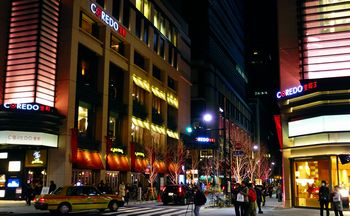
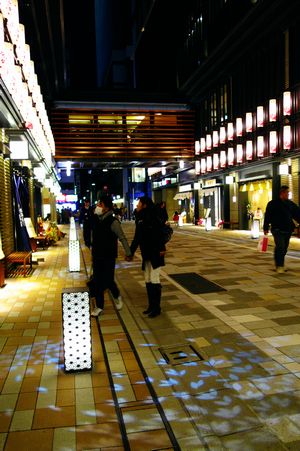 ◆"COREDO Muromachi" and "COREDO Muromachi 2" are connected by a crossing corridor.
◆"COREDO Muromachi" and "COREDO Muromachi 2" are connected by a crossing corridor.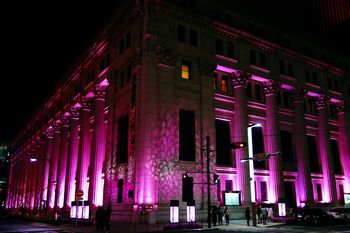
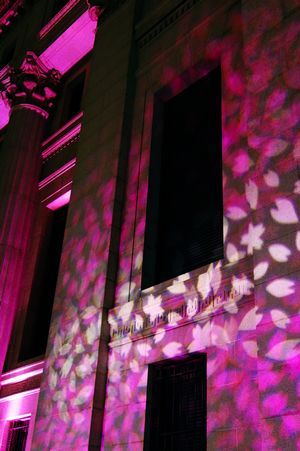
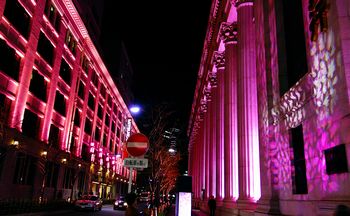

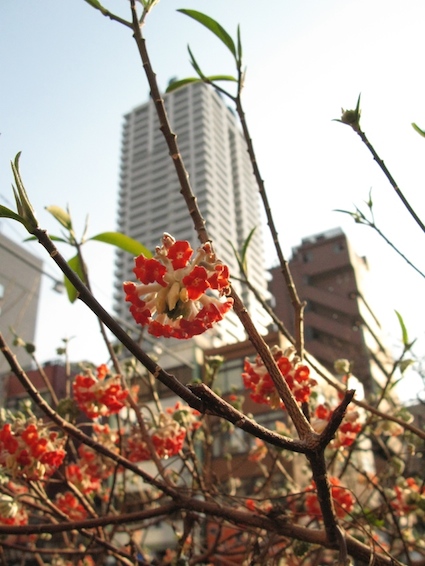
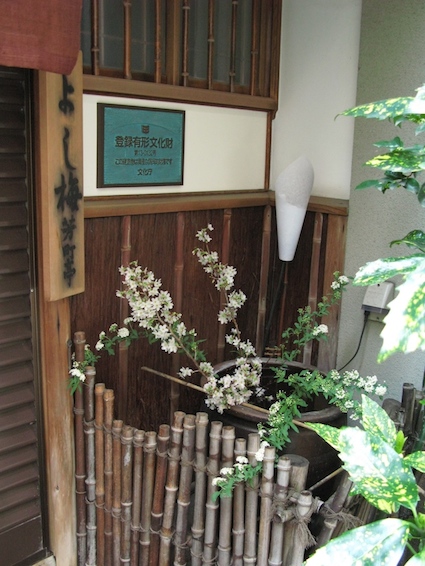
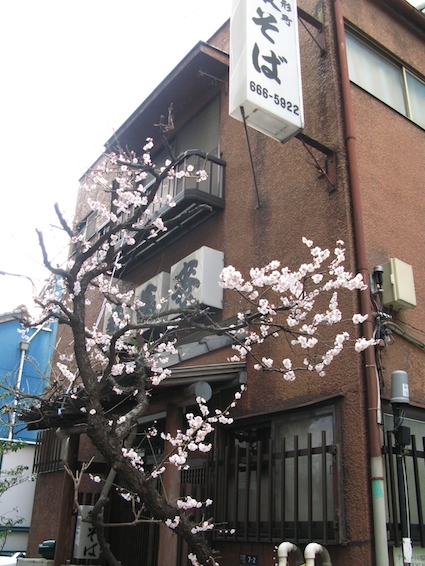
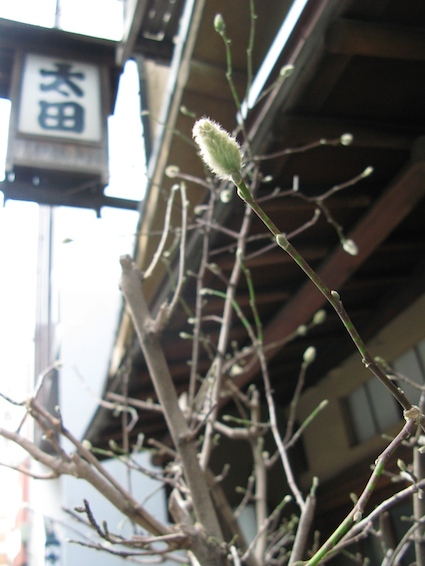
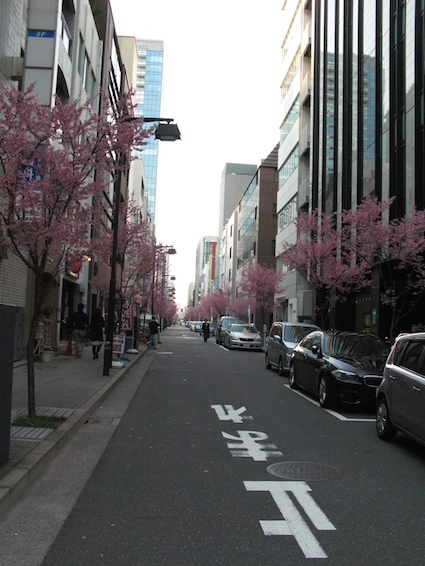

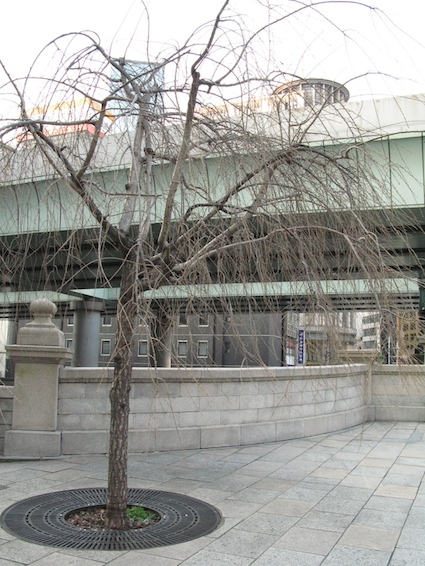

 Then, the menu for that day was just written as one dish "seafood curry".
Then, the menu for that day was just written as one dish "seafood curry". Of course, it's not just a curry, but a lot of squid, scallops, and mussels are contained in the plump shrimp, and the soup is also effective, this is exactly the gem of seafood curry!
Of course, it's not just a curry, but a lot of squid, scallops, and mussels are contained in the plump shrimp, and the soup is also effective, this is exactly the gem of seafood curry! And I would like to eat seafood bowl at a later date! That's why I went on a day other than Friday.
And I would like to eat seafood bowl at a later date! That's why I went on a day other than Friday.
